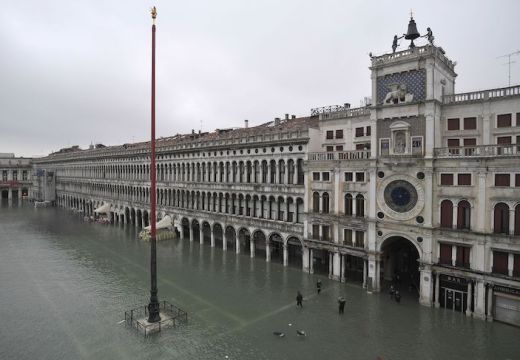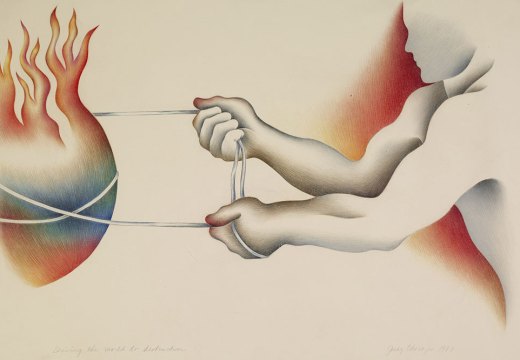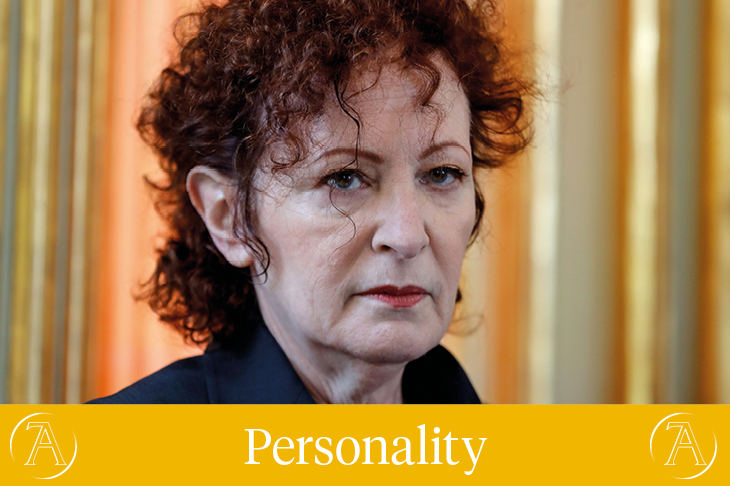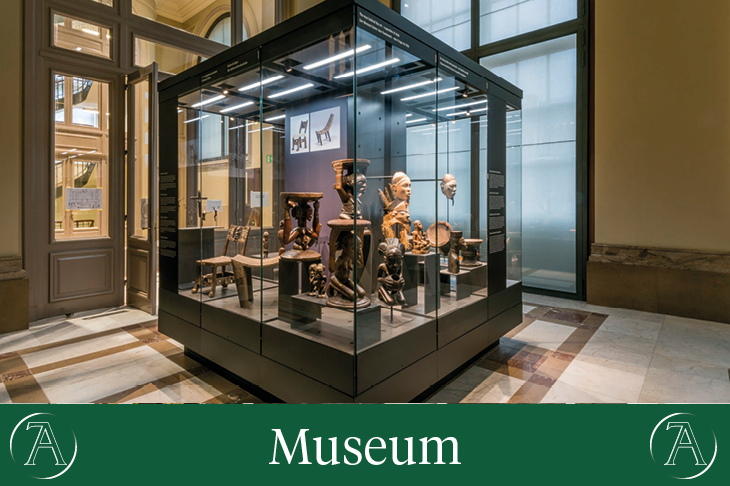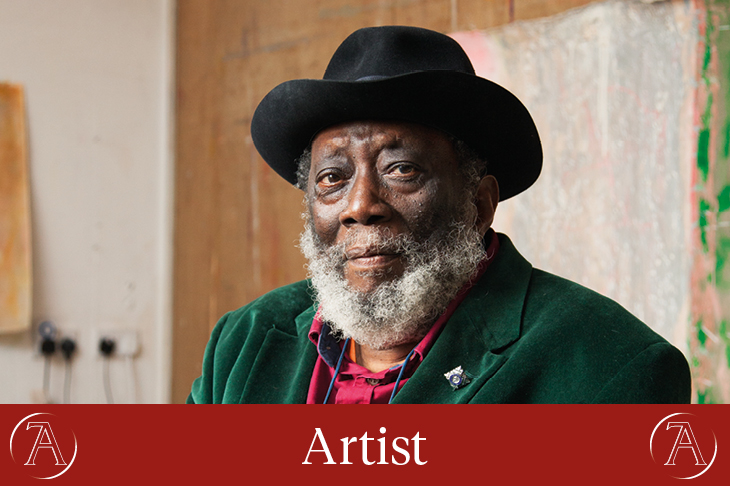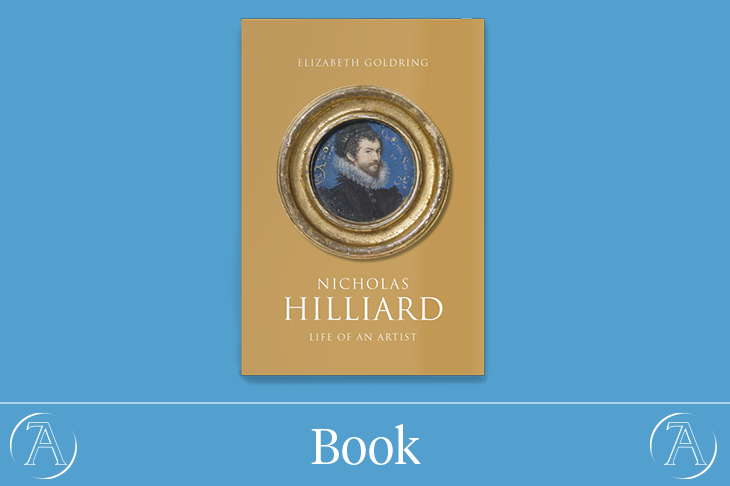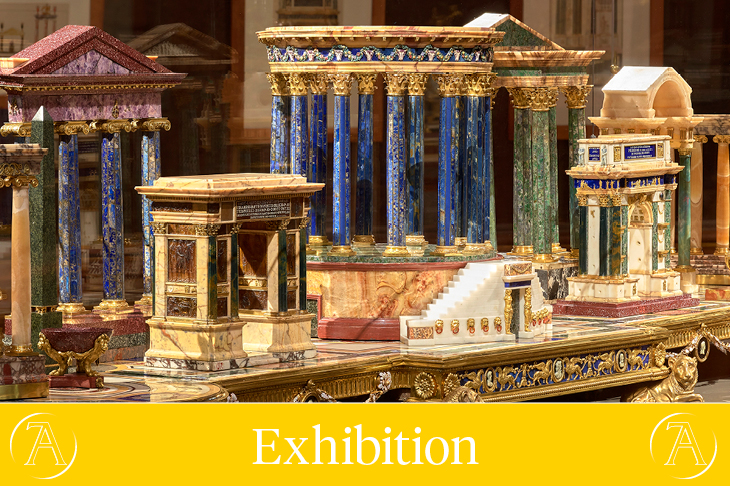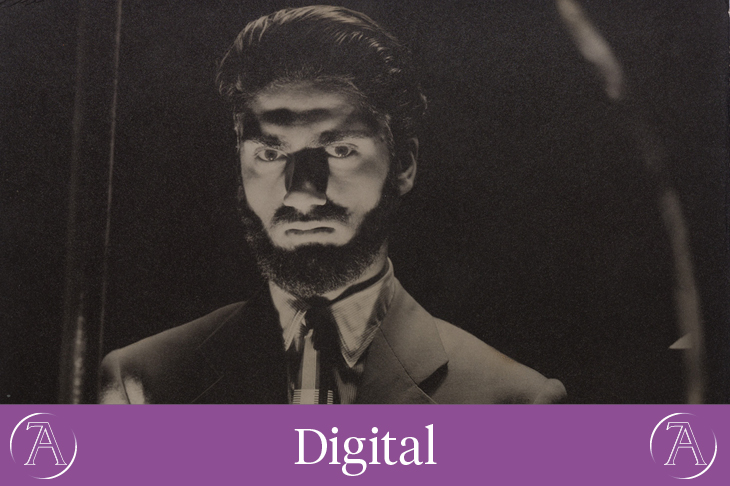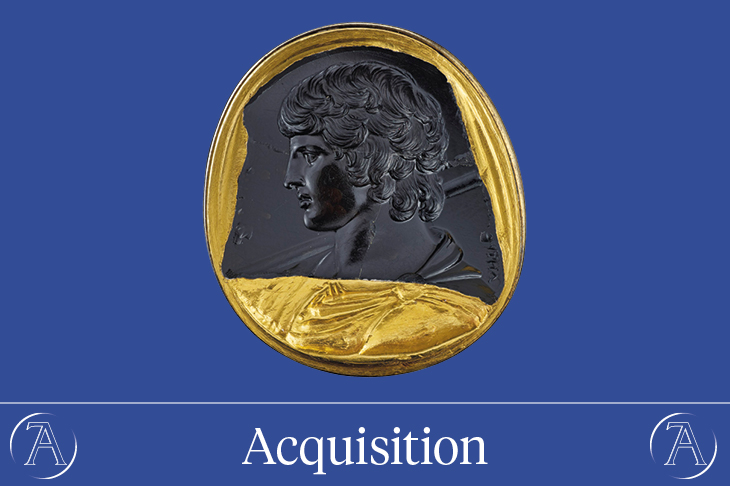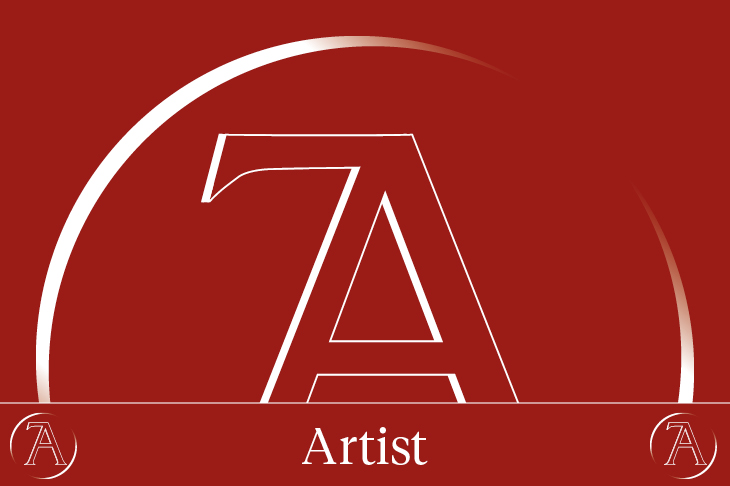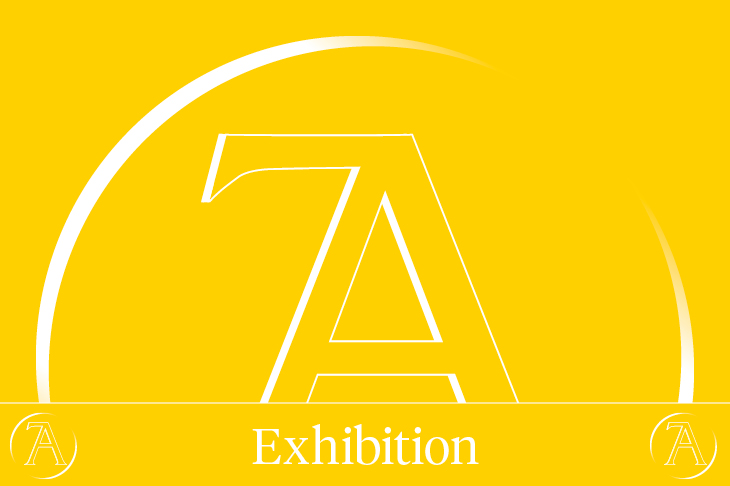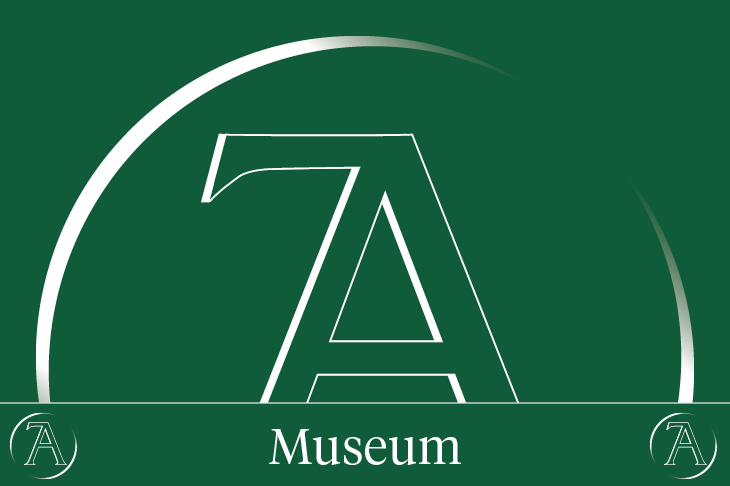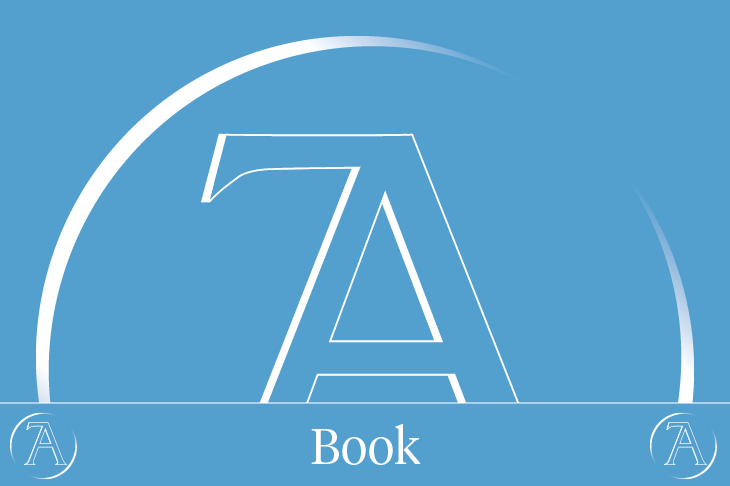Centraal Museum, Utrecht
The Wedding of Cupid and Psyche (1601–03), Joachim Wtewael
In 1933, a catalogue of works by Joachim Wtewael in the collection of the Centraal Museum noted the disappointing lack of one of the Dutch Mannerist’s painstakingly painted miniatures on copper, for which he was best known in his day. Eighty-six years later, this Wedding of Cupid and Psyche has finally plugged the gap; it was purchased by the museum for £5m (with funding from several state institutions) at a Sotheby’s auction in New York in January this year. With its crowd of revelling gods crammed on to a plate just 20.5cm wide, the painting is a masterpiece of the genre.
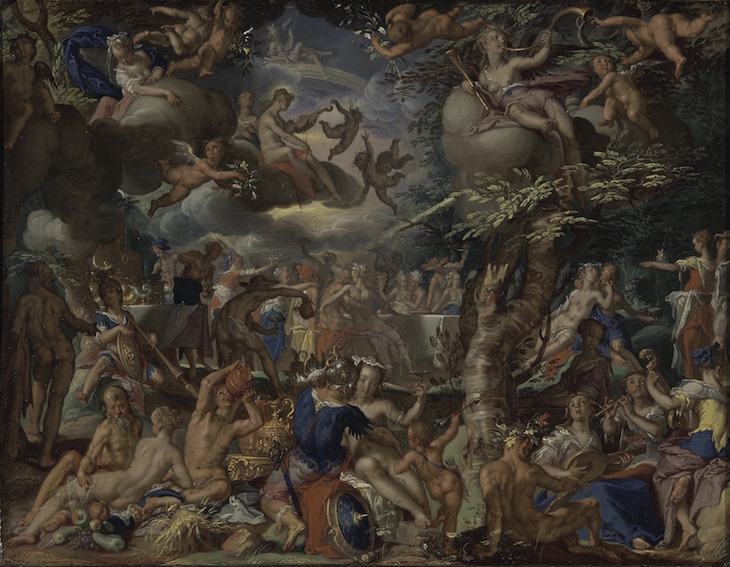
The Wedding of Cupid and Psyche (1601–03), Joachim Wtewael Centraal Museum, Utrecht
Cleveland Museum of Art
Sleeping Christ Child (c. 1675), Filippo Parodi
Called the ‘Bernini of Genoa’ in his lifetime, Filippo Parodi sculpted this marble depiction of the sleeping Christ child in around 1675 for the wealthy Durazzo family. It is remarkable for its variety of surface textures, from the sheen of the infant’s flesh to the rougher rendering of straw and hair; it is also unusual in bearing the signature of the artist. Monumental narrative works by Italian baroque sculptors rarely come to market; according to William Griswold, director of the CMA, this exceptional example will become ‘one of the signature works in our collection’.
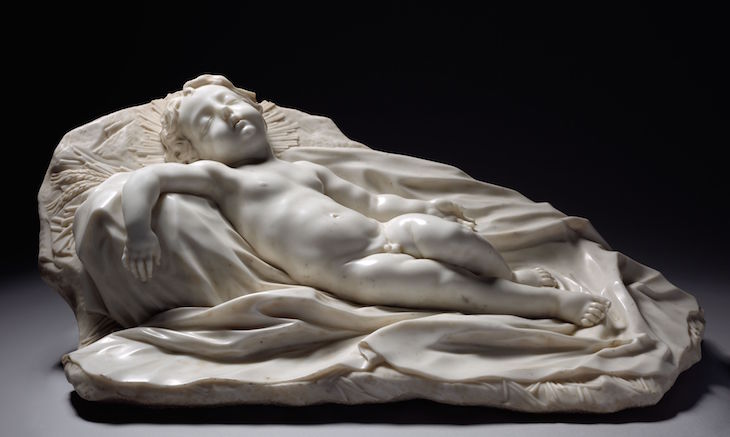
Sleeping Christ Child (c. 1675), Filippo Parodi. Cleveland Museum of Art
J. Paul Getty Museum, Los Angeles
Ancient engraved gems from the Sangiorgi Collection
The collection of ancient Greek, Etruscan and Roman engraved gems amassed by the Italian art dealer Giorgio Sangiorgi in the 19th century included some of the most exquisite of all known examples. Highlights of the 17 that the Getty acquired at auction in Christie’s New York include an intaglio portrait on black chalcedony of Antinous, favourite of the emperor Hadrian, from c. 130–38 AD, and an amethyst ringstone of Demosthenes from the 1st century BC.
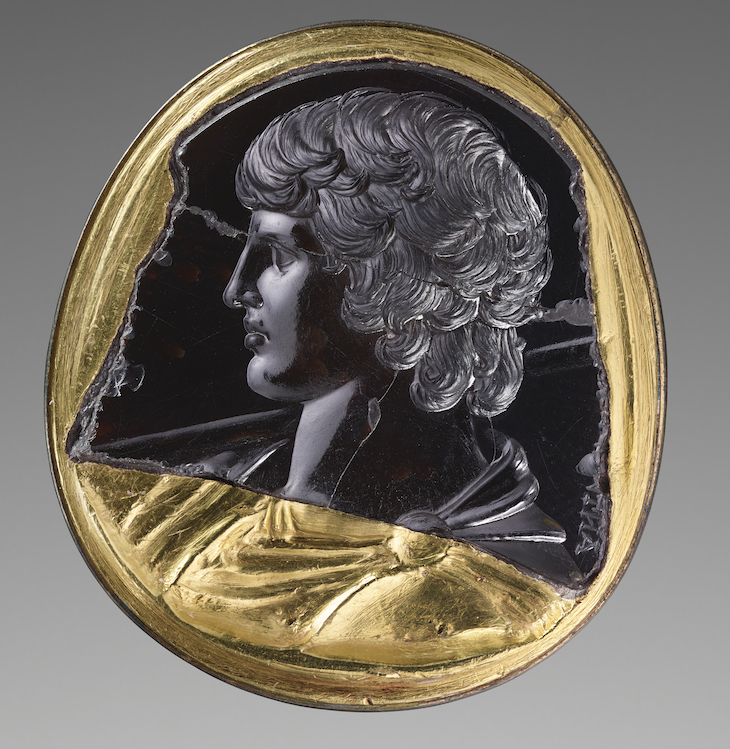
Intaglio with bust of Antinous (131–38 AD), Italy or Greece. Courtesy J. Paul Getty Museum, Los Angeles
Liebieghaus, Frankfurt
More than 200 17th-and 18th-century ivories from the collection of Reiner Winkler
Beginning in the 1960s, the German collector Reiner Winkler has amassed one of the most extensive private collections of baroque and rococo ivory sculpture in the world. The works acquired by the Liebieghaus – more than 200, the largest single addition to its collection in history – range from freestanding statuettes, group sculptures and reliefs to decorative objects such as medallions and tankards. They include masterpieces by Johann Caspar Schenck, Balthasar Griessmann, Matthias Steinl, and the Master of the Furies.
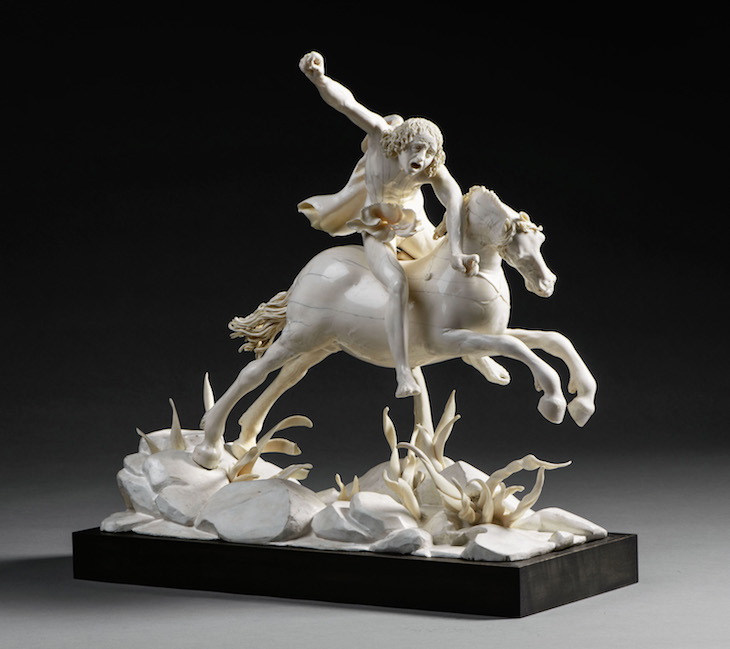
Fury on a Leaping Horse (1610), Master of the Fury. Photo: Liebieghaus Skulpturensammlung
MFA Boston
The Wan-go H. C. Weng Collection of Chinese paintings and calligraphy
With 183 works spanning more than 1300 years of Chinese history, the Wan-go H. C. Weng Collection is one of the most important private collections of Chinese art in the United States. Weng’s ancestor, the eminent scholar Weng Tonghue, built the core of the collection in the 19th century, since when it has been passed down and added to through six generations. The donation of the collection in its entirety to the MFA Boston last year follows a series of notable gifts from Weng to the museum over the last decade, and underlines the status of the MFA’s collection of Chinese paintings as one of the most significant outside China.
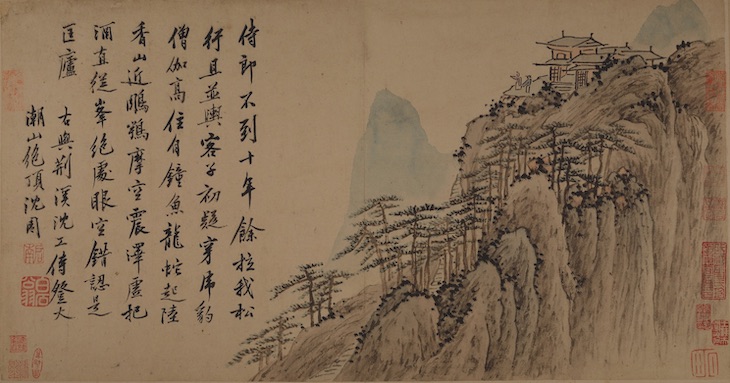
Landscape of Suzhou Sceneries (1484–1504), Shen Zhou. Courtesy MFA Boston
Morgan Library and Museum, New York
Eighteenth-century French manuscripts and bindings from the collection of Jayne Wrightsman
The late collector and champion of European decorative arts, Jayne Wrightsman, has bequeathed her entire collection of ancient régime manuscripts and book-bindings to the Morgan Library and Museum. The bindings were of particular importance to Wrightstman, who displayed them alongside other decorative arts and furniture in her apartments. Highlights among the 149 books include a four-volume folio of La Fontaine, with plates by Jean-Baptiste Oudry.
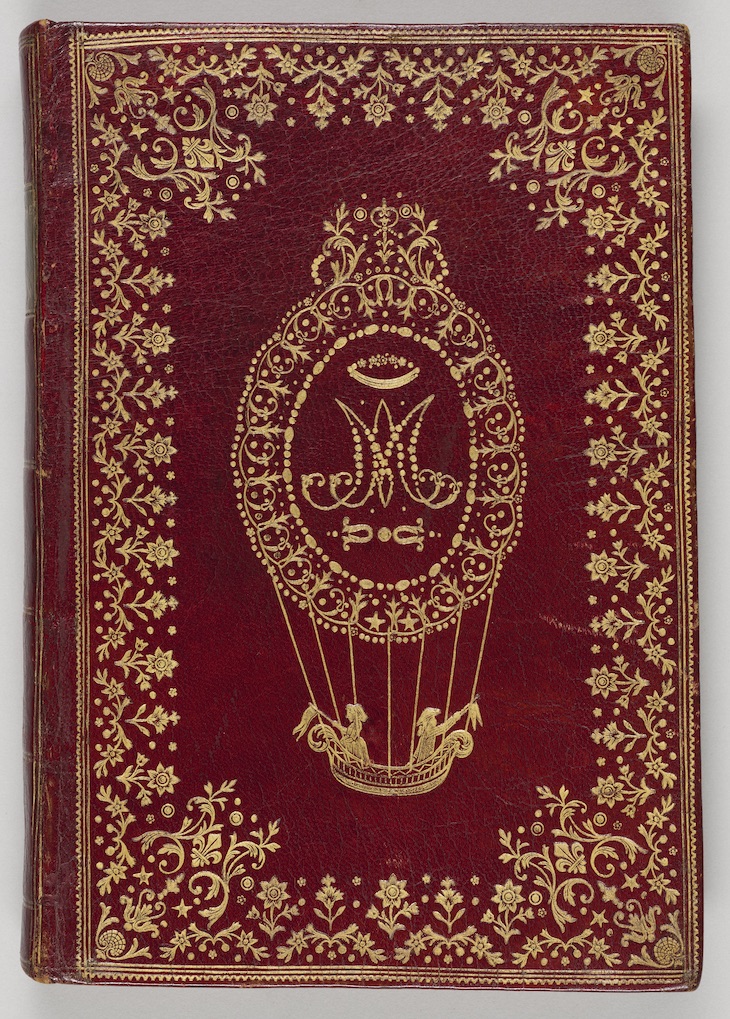
Binding ‘à la Montgolfière’ for Marie Antoinette’s copy of Barthélemy Imbert’s Lecture du matin, ou nouvelles historiettes en prose (1782), Paris
Museum of Modern Art, New York
Forty-five works of contemporary African art from the collection of Jean Pigozzi
Jean Pigozzi’s collection of contemporary African art is believed to be the largest in the world. In July, three months before its reopening with a full reinstallation of its collection, the Museum of Modern Art received a gift of 45 works from the Pigozzi collection, transforming its holdings of African art from the last half-century, Highlights include Alphabet bété (1991–92) by Frédéric Bruly Bouabré – a series of 449 drawings that together comprise a complete pictographic alphabet for the oral Bété language of the Ivory Coast – as well as works by Congolese artists Chéri Samba and Bodys Isek Kingelez, and photographs by Jean Depara and Seydou Keïta.
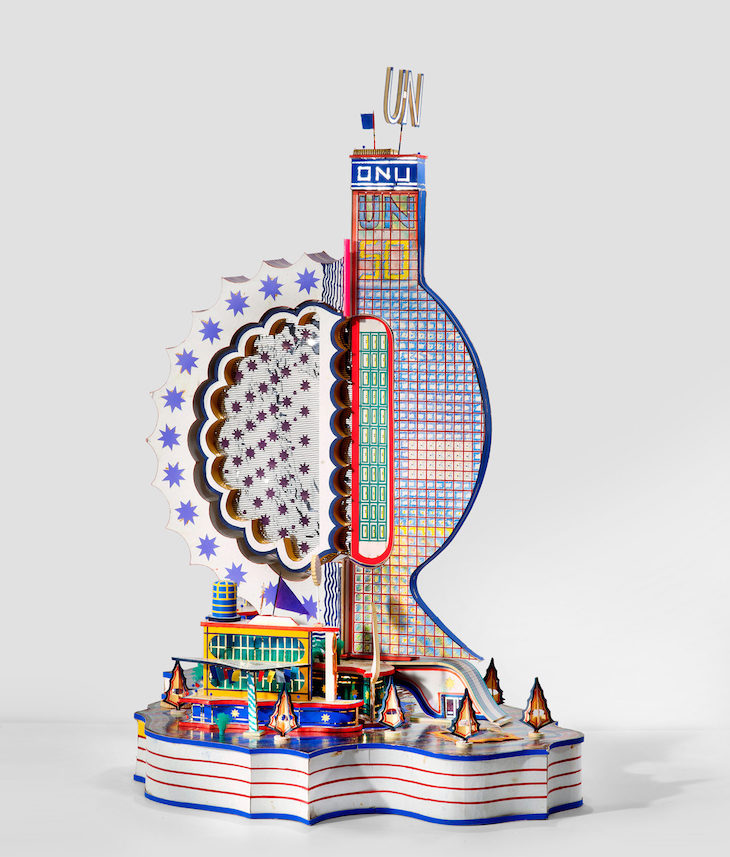
U.N. (1995), Bodys Isek Kingelez. hoto: Maurice Aeschimann; Courtesy CAAC – The Pigozzi Collection; © 2019 Estate Bodys Isek Kingelez
Phillips Collection, Washington, D.C.
The Nabi Collection of Vicki and Roger Sant (promised collection)
A collection of more than 40 Nabi paintings and works on paper amassed by Vicki and Roger Sant has been promised to the Phillips Collection, along with a considerable endowment for their preservation and study. Works by eight members of the group formed in fin-de-siècle Paris – among them Pierre Bonnard, Édouard Vuillard and Félix Vallotton – are included in the collection.
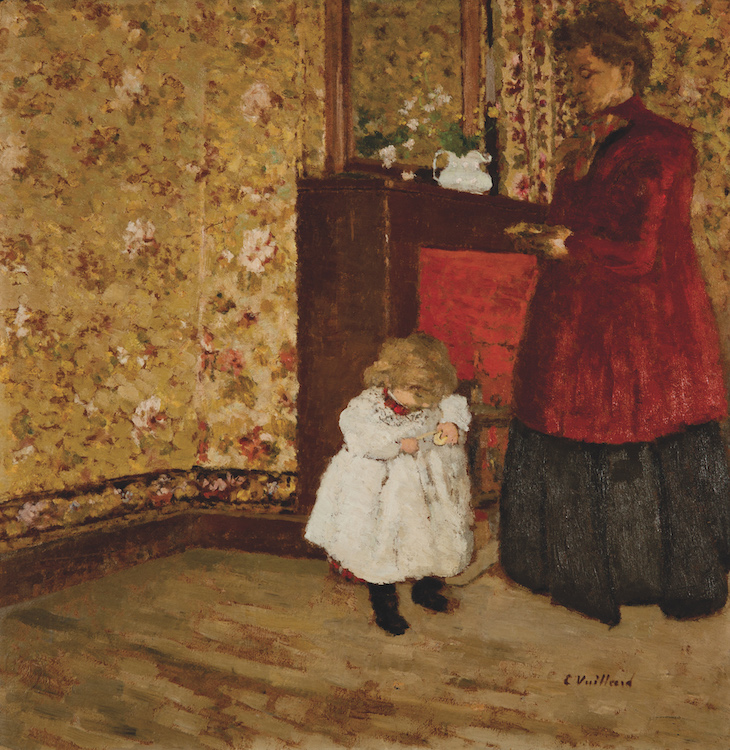
Mother and Child (1901), Édouard Vuillard. Courtesy Phillips Collection, Washington, D.C.
Visit Flanders
Rubens Castle, Elewijt, erected in 1304 with renovations overseen by Peter Paul Rubens from 1635–40, and modern restorations
Peter Paul Rubens lived at Elewijt Castle, also known as the ‘Castle of Het Steen’, for the final five years of his life; he oversaw extensive refurbishments, transforming it into luxurious, Renaissance-style residence, and also painted a number of his late masterpieces there, including A View of Het Steen in the Early Morning (c. 1636). Put up for sale in February, with an asking price of €4m, the castle was acquired by the Flemish tourist board, with the support of the Flemish government. The intention is to open the castle up to the public.
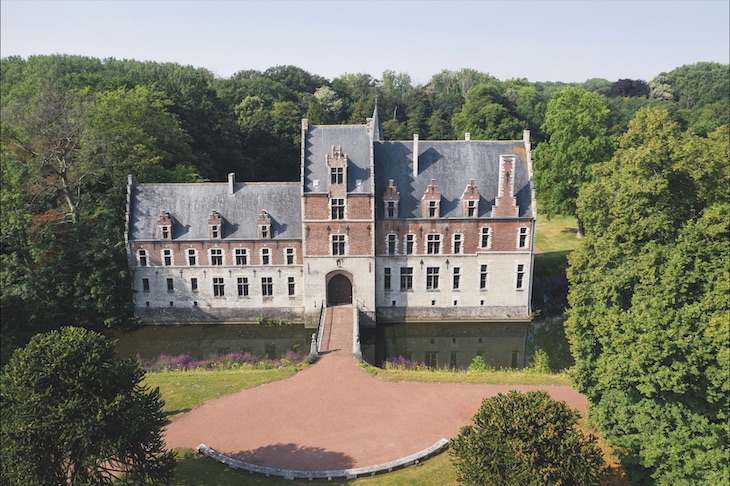
Rubens Castle, Elewijt, erected in 1304 with renovations overseen by Peter Paul Rubens from 1635–40, and modern restorations. Courtesy Visit Flanders
The Shortlists | Artist of the Year | Book of the Year | Digital Innovation of the Year | Exhibition of the Year | Museum Opening of the Year
Unlimited access from just $16 every 3 months
Subscribe to get unlimited and exclusive access to the top art stories, interviews and exhibition reviews.


